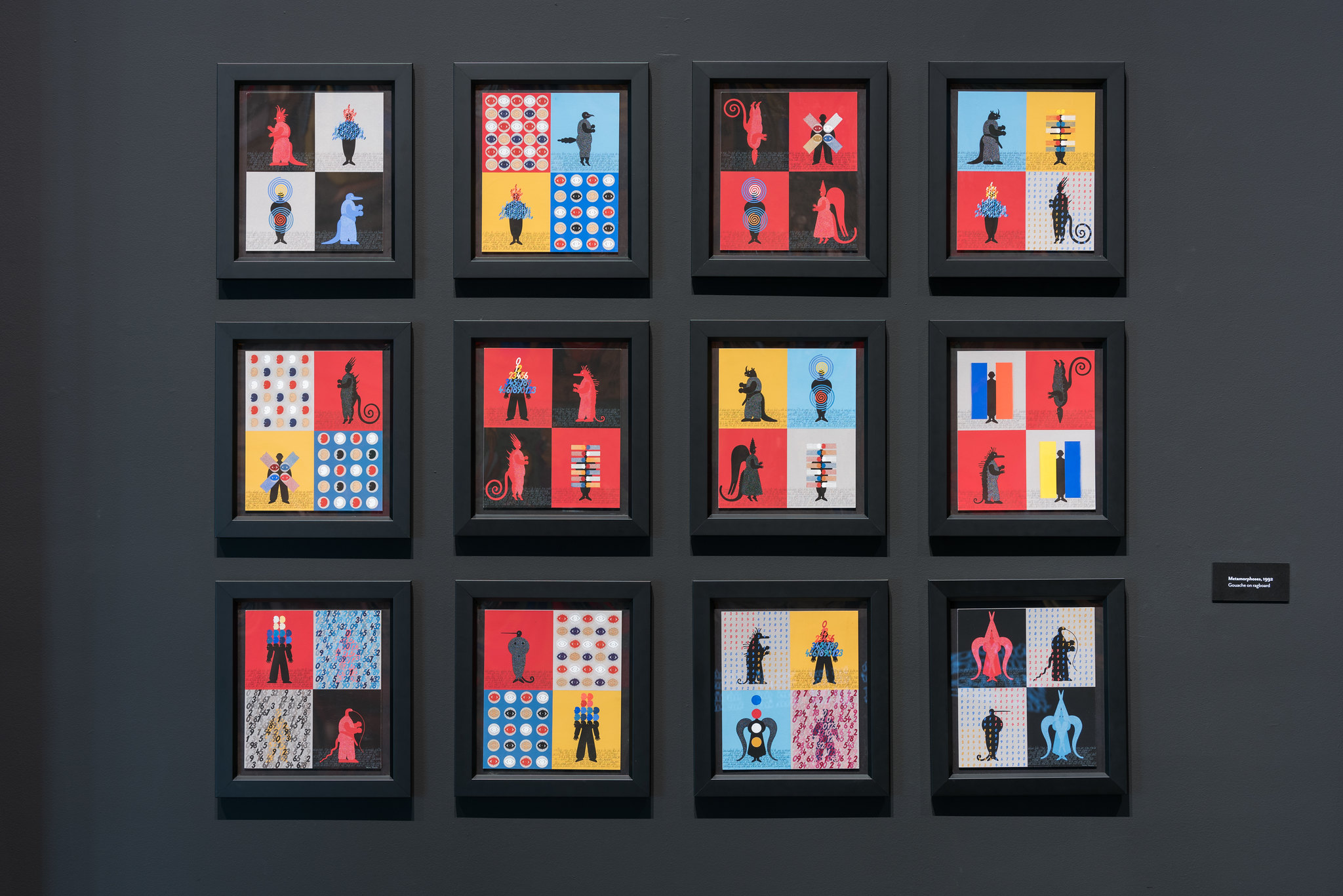Oregon Jewish Museum and Center for Holocaust Education (OJMCHE) opens the doors to its new home in June with an ambitious exhibition of work by internationally celebrated Russian Jewish artist Grisha Bruskin. ALEFBET: The Alphabet of Memory features visually stunning large-scale tapestries alongside the artist’s preparatory drawings and related gouache paintings, all united by themes that reference Kabbalistic and Talmudic teaching, Hebrew Bible narratives, and the folkloric traditions of Russia. “Grisha Bruskin is an artist whose work transcends the commonplace and takes the viewer into a highly ritualized alternate world of deep history, Jewish identity, and spirituality,” said Bruce Guenther, curator of OJMCHE’s inaugural exhibition. “The decision to open with work of this importance clearly articulates Oregon Jewish Museum and Center for Holocaust Education’s new role in the artistic and cultural exploration of Jewishness on a national and international level.”
The tapestries featured in ALEFBET: The Alphabet of Memory were created in the artist’s Moscow studio with a team of master weavers on traditional vertical looms. The pieces are rich in symbolism and allegory creating a lexicon for reading the works and understanding their references to Judaic and Kabbalistic traditions as well as Bruskin’s own world of images and meaning. The exhibition of this landmark body of work, previously shown in Amsterdam, Paris, Venice, and Moscow, marks the first North American appearance. Grisha Bruskin divides his time between New York and Moscow studios, and is the senior artist representing Russia at the Venice Biennale opening in May 2017. Bruskin has been represented by the Meyerovich Gallery in San Francisco for more than 15 years.
About Grisha Bruskin
Grisha Bruskin (Russian, b.1945) is a painter and sculptor best known for work that conveys issues of Jewish and Russian heritage. Born in Moscow, he studied at the Moscow Art School and the Moscow Textile Institute. During the Soviet era, which censored religious themes in art, Bruskin’s work raised controversy for depicting Jewish imagery. His painting In the Red Space(1982), for example, shows a golem (a figure from Jewish folklore) wearing a Soviet uniform. His series of ALEFBET (1984) and (1987) paintings juxtapose figures in Jewish religious dress against a background of hand-written Hasidic text. Bruskin is hard to pin down in terms of genre. Working within the context of mythologies and religions, particularly tied to his own Jewish heritage, and their associated iconographies, Bruskin takes an original approach. While rejecting the Socialist Realism style that was sanctioned in the USSR, where he spent his early career, he skillfully engages traditions of kitsch, social realism, and romanticism, and assumed an influential role within the Soviet Non-Conformist Art movement. In 1989, following major success at the 1988 Sotheby’s Moscow sale, he immigrated to the U.S. and settled in New York, where he still resides. Russia has selected to honor Grisha Bruskin, along with Sasha Pirogova, and the Recycle Group’s Georgy Kuznetsov, and Andrei Blokhin in its national pavilion at the 2017 Venice Biennale.
